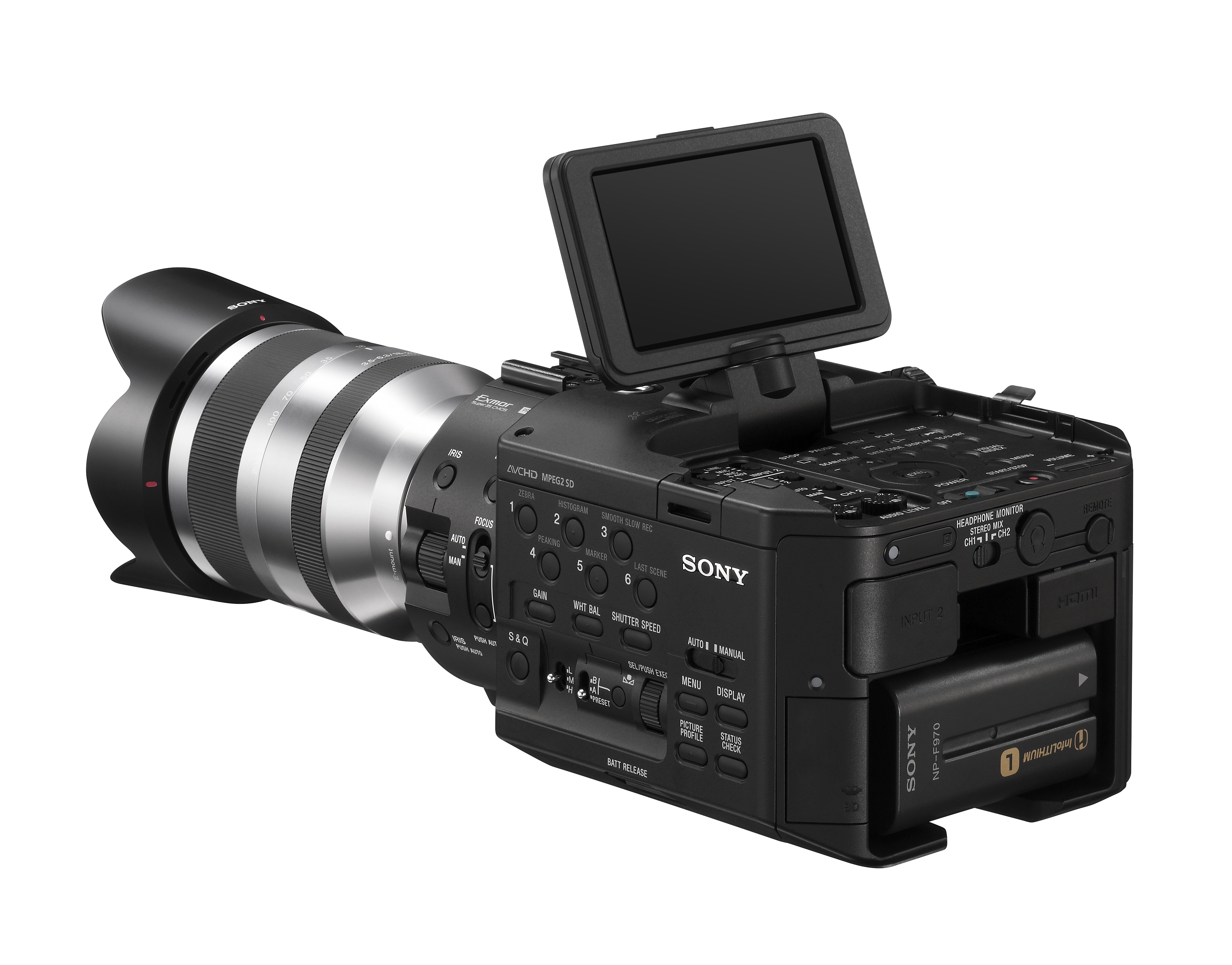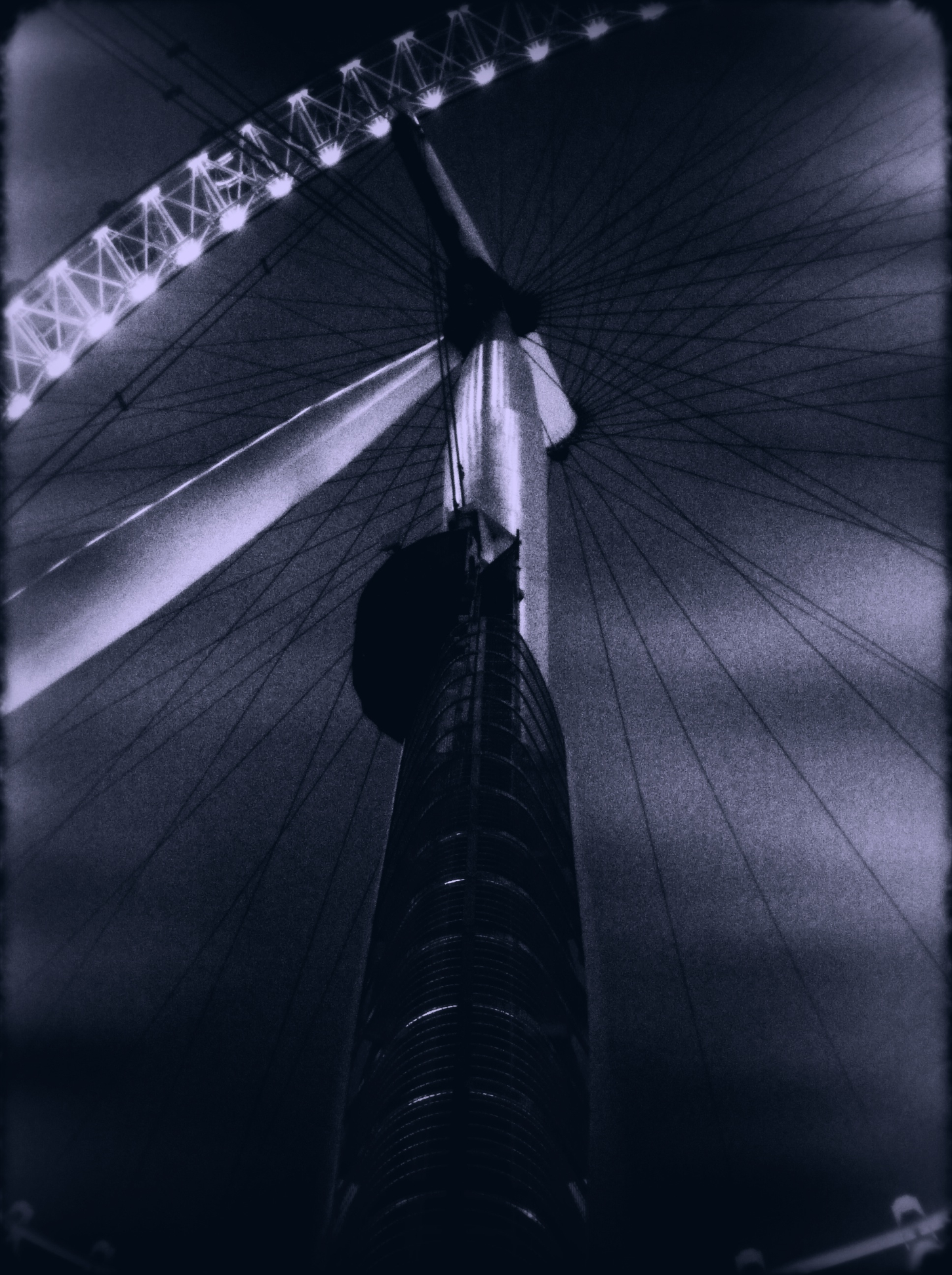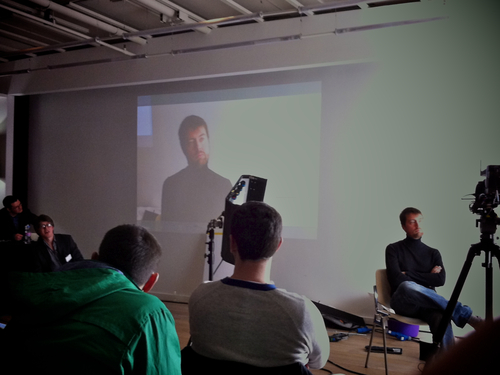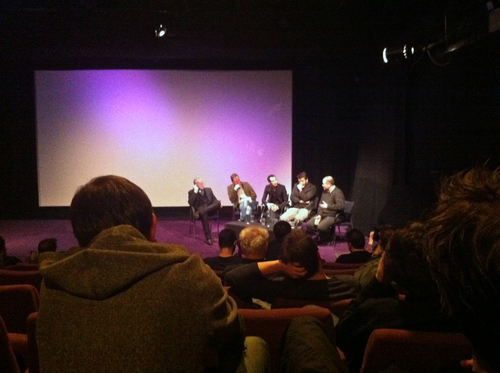Thunderbolt
 Monday, April 4, 2011 at 5:59PM
Monday, April 4, 2011 at 5:59PM 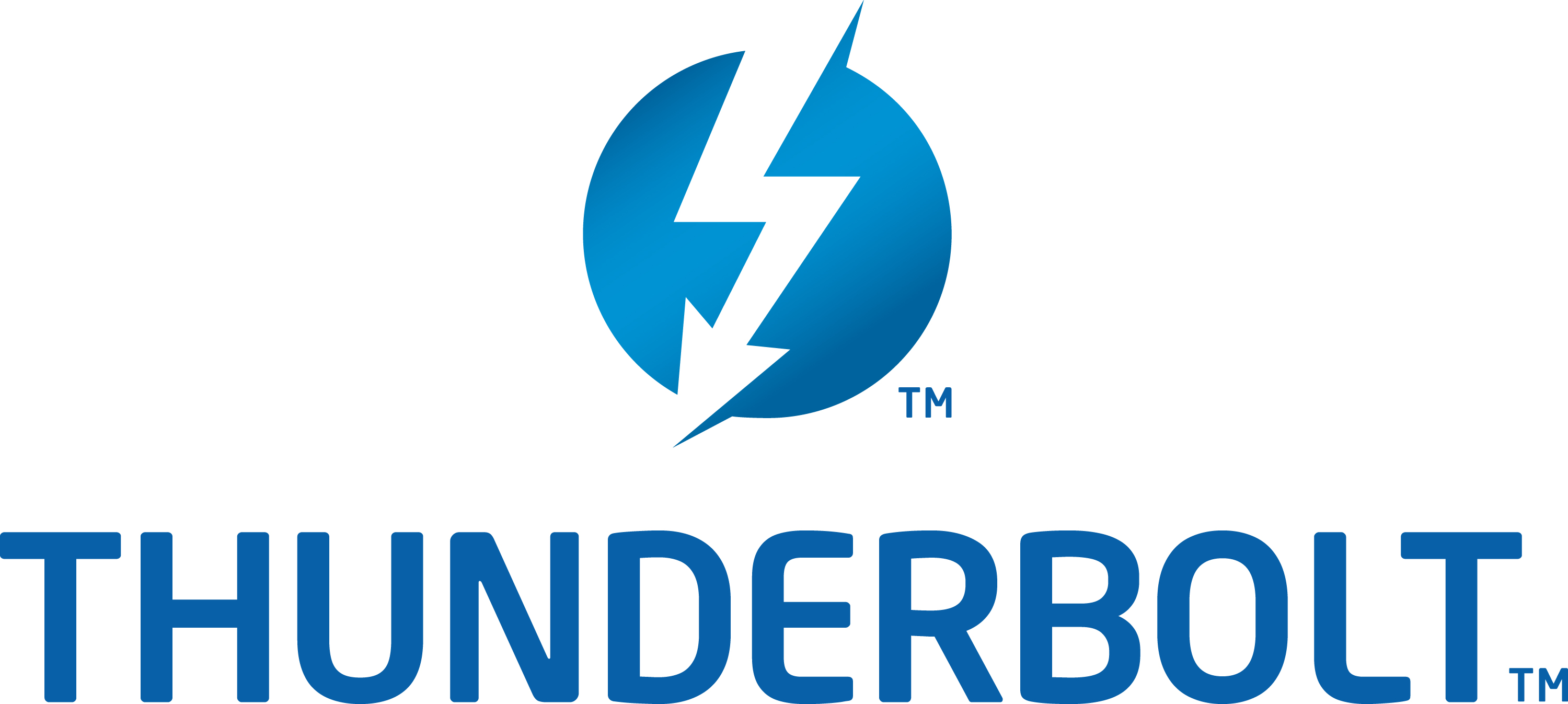 Thunderbolt - cheesy name but a really fascinating bit of tech. As I headed down to Converge, two pieces of news had just broken. The first was that Apple had just added Thunderbolt to it's new MacBook Pro range and the second was a rumour the Nikon D4 would get it too. Putting the two together gave me own Thunderbolt moment. I started to imagine what the still mythical Canon 5D MkIII could achieve with Thunderbolt. Now I am no more an electronics engineer than I am a cinematographer. I can build a PC from the components but that's about as far as it goes. Given that only that MacBook Pro has been announced with Thunderbolt so far, what follows is pure speculation on my part.
Thunderbolt - cheesy name but a really fascinating bit of tech. As I headed down to Converge, two pieces of news had just broken. The first was that Apple had just added Thunderbolt to it's new MacBook Pro range and the second was a rumour the Nikon D4 would get it too. Putting the two together gave me own Thunderbolt moment. I started to imagine what the still mythical Canon 5D MkIII could achieve with Thunderbolt. Now I am no more an electronics engineer than I am a cinematographer. I can build a PC from the components but that's about as far as it goes. Given that only that MacBook Pro has been announced with Thunderbolt so far, what follows is pure speculation on my part.
There are two digital ports on the MkII - USB2 and HDMI. USB has two purposes for the 5D. The first is data transfer for which the maximum speed is 480Mbps. USB rarely gets anywhere near that. When I connect to my Mac Pro with a Sandisk 480Mbps card I get 90Mbps whereas the same card in a FireWire 800 reader gets 460Mbps. The second use is as a bus for control instructions. The Canon tethering software and the Okii follow focus use this method to control the camera remotely. The second port is HDMI which is used to output to display devices. When Canon designed this they were thinking of playback to domestic tellies. HDMI is designed for domestic use and Canon only had room to squeeze the mini version of the plug on the body. HDMI is great in it's domestic environment but has issues in the camera implementation. Canon does not have the ability to give a clean, uncompressed output at 1080p while recording - the 5D is only 480p with camera indicators. The built-in LCD also becomes inoperable when HDMI is plugged in. HDMI has a lengthy handshake protocol which interrupts things when the signal changes. Finally, all HDMI connectors are hateful and mini is the worst. Not the end of the world in a fixed installation but frustrating in equipment that is constantly on the move. HDMI can shift a lot of data - HDMI1.4 tops out at around 10Gbps and can handle 4K resolution.
So where does Thunderbolt make a difference. Well the first difference is that it can do both jobs that USB and HDMI do at once. Like HDMI it has a 10Gbps capability but this is bidirectional. It's close relationship to PCIe, the internal bus used in PCs and Apples, should make it possible to produce a breakout cable that supports HDMI and USB for legacy use. It's so fast that transferring files is really going to going to be limited by the devices either end not the cable. For tethered shooting this will make a huge difference. No more jerky live view or long waits between shots or takes. Apple's implementation of Thunderbolt uses the display port connector. This is a small plug and the wire is relatively thin and flexible. Its not as secure as a locked in cable like a BNC type SDI connector but it is a better fit than mini HDMI.
 Intel has a fibre optic version of Thunderbolt which is capable of being sent long distances. This could avoid the need to convert to SDI to get an image back to video village.
Intel has a fibre optic version of Thunderbolt which is capable of being sent long distances. This could avoid the need to convert to SDI to get an image back to video village.
When the data comes off a sensor then a DSLR has to deal with it. First it has to process it, then it has to store it. With video, the Canon DIGIC4 chip has to first chuck loads of pixels away to get down to 2MP, then it has to encode into H264. That’s not an easy task, even modern PCs struggle to encode 1080p in realtime. Working that hard makes chips hot and there are not many places for that heat to go. Some of that heat makes its way into the sensor which it does not enjoy. Overheating and a rising noise floor are the things the DSLR shooter has to contend with. The ideal situation would be to have the option to get the data off the sensor and out of the camera altogether and process and record it in a separate box. When companies like RED and SI talk about “brains” this is what they mean. To shift RAW data like that you need a fast bus and it seems to me that is a role Thunderbolt could play. Whether the camera divisions that make these cameras ever want to go that far into the more esoteric end of the video market is debatable. However, at least it would mean stills photographers wouldn’t be coughing up for high-end video features the majority of them will never use. If the manufacturers decided to make the specs open then we could have 3rd parties like AJA or Codex provide the brain/recorders. Even if the processing is still done in camera, then Thunderbolt offers a more flexible way of getting data out than HDMI. Its bidirectional nature means that features like timecode, genlock and device control should be possible along with whatever video format the camera produces. So if Canon do switch to 1080p 4:2:2 to use their MPEG2 based codec from their video line, piping that out uncompressed to an external recorder is well within Thunderbolt’s bandwidth as it has more capacity than HDSDI. Thunderbolt based modularity seems to me like an elegant solution.
A fully rigged RED One looks like Borg technology - cool but complicated. With Thunderbolt, it looks like you may be just be able to plug into a hub like a USB without having to worry about the connection type. I know in reality things don’t tend to be that easy with plug and play but we can always dream. At the moment dreaming is all we can do till some devices appear and maybe the whole D4 thing was someone else's dream. One of my missions at NAB is to see how much of musings are feasible, likely or commercially viable.
 Apple,
Apple,  Intel,
Intel,  Thunderbolt in
Thunderbolt in  Technology
Technology 

